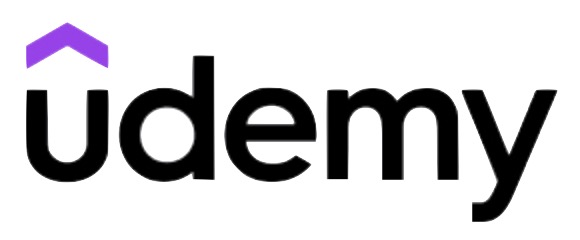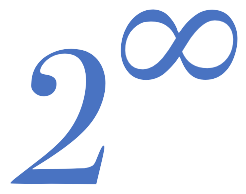Linear Algebra
part 3 of 3
A total of 50 hours of lectures
This is an academic level course for university and college engineering. Due to its size, it is divided into three parts. This page describes the third of those three parts.

Level - Intermediate
- High-school and college mathematics (mainly arithmetics, some trigonometry, polynomials)
- Linear Algebra and Geometry 1 (systems of equations, matrices and determinants, vectors and their products, analytic geometry of lines and planes)
- Linear Algebra and Geometry 2 (vector spaces, linear transformations, orthogonality, eigenvalues and eigenvectors, diagonalization)
-
Some basic calculusBasic knowledge of complex numbers (this course contains a short introduction to complex numbers)
Curriculum
Make sure that you check with your professor what parts of the course you will need for your exam. Such things vary from country to country, from university to university, and they can even vary from year to year at the same university.
Linear Algebra, part 3 of 3
Get the outline
A detailed list of all the lectures in part 3 of the course, including which theorems will be discussed and which problems will be solved. If you are looking for a particular kind of problem or a particular concept, this is where you should look first.

Get Linear Algebra part 3 on Udemy
When you buy the course on Udemy, you get access to it for life. There is just a one-time fee. The prices do vary a lot on Udemy, but if you use our link by clicking on this panel, you will get the best current price. See also our page on “coupon codes” in the menu (the current code is TPOT_APR25).

Absolutely loved this course! I had also taken the previous two. Hania explains things in such detail showing both clear logical reasoning and geometrical intuition. She does a great job of only using terms/methods/proofs that she explained previously.
All knowledge builds upon previous content. It is very well structured with plenty of solved problems. She doesn’t overwhelm you with math symbols and instead focuses on concepts.
For any problem, I found it helpful to pause the video and solve it myself before resuming to see her formulate the solution.
This is a quality course that will give you a ground up understanding of linear algebra. I’m glad there are more videos to come!